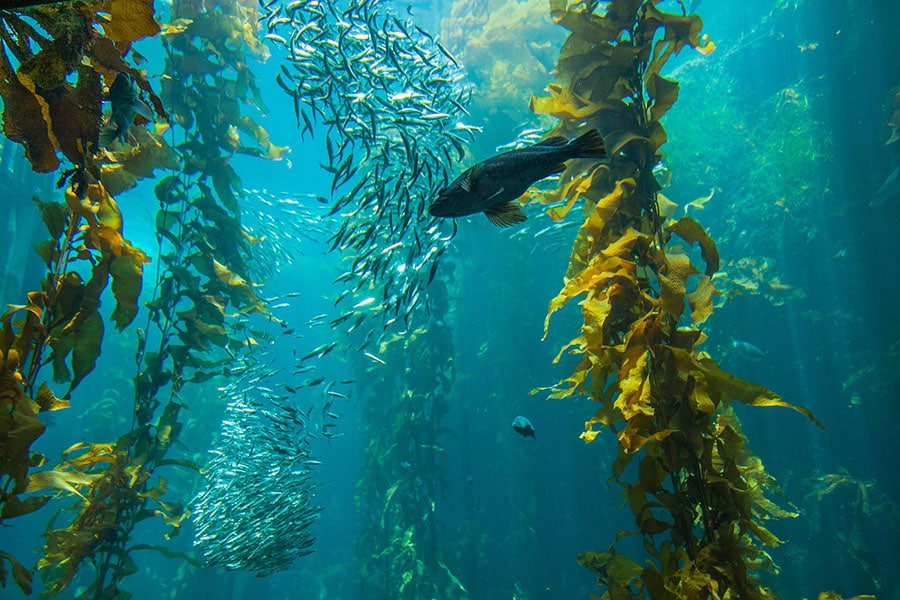
What do oceans and forests have in common?
Ahead of the adoption of the first-ever United Nations international high-seas treaty, we explore the many similarities between these two types of ecosystems that represent the planet's largest carbon sinks
 Most of the oceans' ability to absorb CO2 emissions comes from phytoplankton, which act as photosynthesizers. A process very similar to that of trees. Image: Shutterstock
Most of the oceans' ability to absorb CO2 emissions comes from phytoplankton, which act as photosynthesizers. A process very similar to that of trees. Image: Shutterstock
Like forests, oceans are often considered the lungs of the planet, and are invaluable in the fight against climate change. Ahead of the adoption of the first-ever United Nations international high-seas treaty, designed to provide a framework for ocean conservation, we explore the many similarities between these two types of ecosystems that represent the planet's largest carbon sinks.
Indispensable in the fight against global warming, oceans absorb almost 30% of annual carbon emissions linked to human activity. An impressive figure, which makes these ecosystems one of the planet's greatest allies in the fight against global warming. Most of the oceans' capacity to absorb CO2 emissions comes from phytoplankton, which act as photosynthesizers—a process very similar to that of trees. As the planet's largest carbon sinks, along with the oceans, forests can also absorb impressive quantities. The mass of CO2 that a tree can absorb ranges from 10 kg to 50 kg per year, depending on its age, size and planting area.
Oceans and forests share another major common feature. These ecosystems are both home to an impressive biodiversity. Oceans are home to no fewer than 280,000 species, which also play a crucial role in climate regulation. Some, for example, are capable of burying carbon deep underground. This is particularly true of zooplankton (which feed on the carbon absorbed by phytoplankton) and Posidonia meadows, which could absorb up to 10% of greenhouse gas emissions. Forests too, represent an immense reservoir of biodiversity, home to some 50,000 species. In fact some specific ecosystems found in oceans and in other coastal areas such as rockweed, seagrass meadows, kelp forests, mangroves and salt marshes, are even referred to as "blue forests."
Also read: The ever-growing problem of plastic pollution in the oceans







